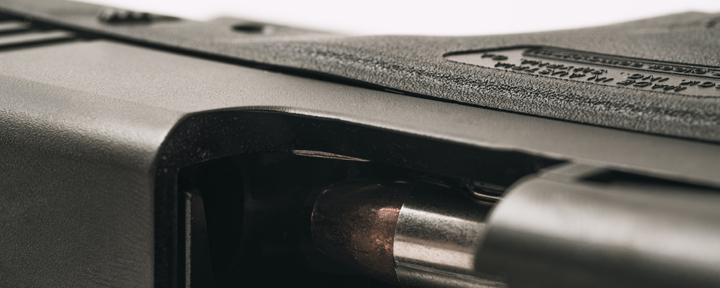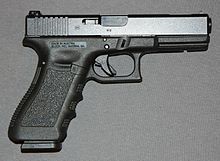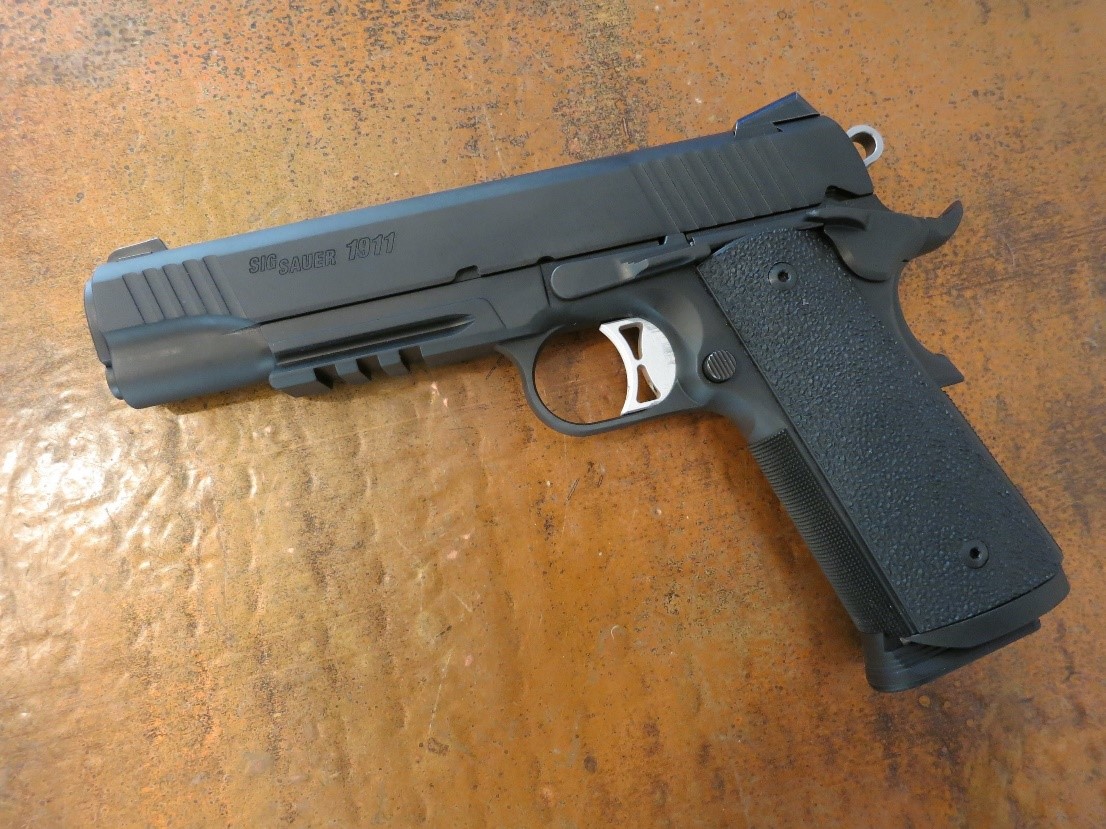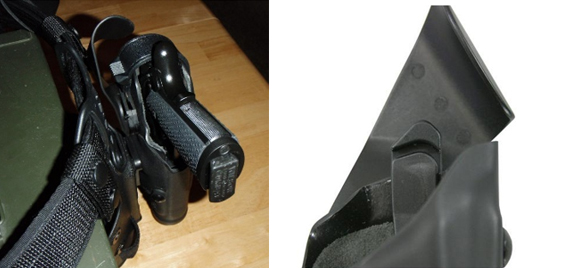
Article written by Lon Bartel, VirTra’s Director of Training and Curriculum, and David Blakes, Ph.D., a retired California peace officer and a court-certified expert on human factors psychology and police practices with a focus on officer-involved-shootings.
148 certified Arizona Peace Officers (.2 years to 30 years of experience) from the same agency were tested on response time from an audible signal to draw and fire one round at the 3 yard line. This was a single attempt with no warm up and no practice prior. The performance that was captured was how the officer may perform “at the first call for service of the day”. Officers varied in weapon used (Glock & 1911) and holster design (Safariland ALS & Safariland 6280 w/ hood). Data was collected by AZPOST (Arizona Peace Officers Standards and Training) certified firearms instructors using a CED 7000 shot timer. Time comparisons were collected and analyzed. Average times for these officers to draw and fire one round after an audible signal 1.777 seconds (SD .329). It should be noted that 3% of the officers missed the designated target zone at 3 yards.
In 1986 SWAT officer Dennis Tuller wrote an article that presented information on drawing and firing one round compared to running speed times of a hypothetical suspect. This drill has often been mislabeled and miss-characterized as the “21 Foot Rule”. Mr. Tuller has stated himself that it is not a rule it was a drill. The Tuller’s basic premise was that the “average” officer could draw and fire one round in 1.5 seconds and the average person could travel 21 feet in 1.5 seconds. Tuller was contacted via email to confirm some of these details.
Hitting a subject with one round in no way establishes that the subject is no longer a threat or even that the subject is guaranteed to slow down or even change behavior. The internet has numerous video of subject being hit with gunfire and continuing to fight and present a deadly threat to those around them. In theory firing at the subject and missing (intentional or not) may or may not cause the subject to change behavior, but may also place others at risk.
Since 1986 weapon design and holster design has changed. The original testing by Tuller was done on a thumb snap holster and with a Smith & Wesson Model 64 .38 Special revolver. The question was evaluated if the “average” time to draw and fire one round for a trained officer has changed. The officers from the same agency were all used for this initial study. The commonality in training was an important constant that was held. Most attended a AZPOST certified academy in Arizona, but all of them have met the AZPOST firearms standards.
WEAPONS
Officers at the tested agency were issued two different weapon systems based on their choice or assignment. One is the Sig Sauer Tacops 1911 chambered in .45 ACP (N=53). The 1911 comes with a grip safety as well as a manual thumb safety that must be disengaged prior to firing. The shooters were not allowed to disengage the thumb safety until the weapon was drawn from the holster. The other weapon was the Glock (N=95) chambered in 9mm. .40 S&W as well as .45 ACP. The variation in caliber choice and weapon choice was a philosophical decision made many years prior to this testing. This was done to fit the weapon to the “shooter” not forcing the “shooter” to fit the weapon.
Figure 1 – Glock
Figure 2 – Sig Tacops 1911
HOLSTERS
The holsters primarily looked at were the Safariland ALS holster (N=70) and the Safariland 6280 (N=66). There was also a small sampling of open top holsters or holsters with a thumb break. The ALS (automatic locking system) is a retention that is disengaged by sliding a lever posteriorly. This lever is located between the holster and the body of the officer. The 6280 holster has a hood that wraps around the back of the slide of the firearm. The hood is disengaged by pushing down the rotating the hood forward clearing the back of the slide.
Figure 3 – Safariland 6280 w/ 1911 holstered and Sarafiland ALS empty
TARGET
The target was a TQ-21 that was placed 3 yards away from the officer. The target has a lighter grey “target zone” where the officers were expected to place their shots. Any missed shots were recorded (N=5).
METHODOLOGY
Officers tested were given direction on the specific task. They were advised that when they hear the tone from the shot timer they were to as quickly as they could draw their weapon and fire one round. The first attempt was the only one recorded. It was recorded for both time and if it was a successful hit or not. Officers were given no “warm ups” and no time to practice. This was done to more closely represent the response of an officer that could be responding to their first call of the day. This task is not novel to the officers and is part of a required task on the AZPOST mandated qualification. All officers in Arizona must pass this qualification. In the AZPOST qualification the shooters must draw and fire two rounds to center mass on a target (3 yards) and one round to the head in under 4 seconds. This task is to simulate a failure of the first two rounds to stop an aggressive attacker. Some of the offices tested used either an open top (no retention) or a Safariland 292 holster and were excluded from the final analysis (N=12).
RESULTS
The overall average for these certified peace officers to draw and fire one round at a target 3 yards away was 1.777 seconds with a SD +/- .329. This is a different average than what Mr. Tuller established in 1986. In speaking with him via email he stated that it may have been their method of using a stop watch as opposed to a shot timer that could account for the difference. The shot timer is a more accurate measurement device and eliminates reaction/response time of the evaluator from the testing.
Holster and weapon combination times were also evaluated.
The fastest times were seen with the Glock and the ALS holster. The slowest times were seen with the Glock and the 6280 holster.
Of the 12 tested officers that were eliminated from the primary analysis the open top/no retention holsters (N=6) were on average faster (1.493 seconds SD .126). The Safariland 295 holsters (N=6) were typically slower (1.896 seconds SD .055)
DISCUSSION
The difference in times between the 1986 data and the current data could be attributed to methodology. The implications however do show more of a disadvantage to the officer. The slowest time average of the Glock in a 6280 holster places the officer at 1.87 seconds to hear the tone then retrieve the weapon and fire one round. This was the most common weapon and holster combination and based on the researchers experience one of the most common seen in Arizona. The implication for the officer facing an edged weapon or impact weapon may be even more problematic. Data presented by Dr. William Lewinski at the 2017 Use of Force Analysis Certification in Scottsdale Arizona is of concern. Lewinski presented a table that showed a comparison of stride length, step time and velocity for sprinting. In this data subjects could cover 3.32 feet in the first stride with a time of .34 seconds. Each step after that covered more ground and took less time to take. On the 6th stride which took a cumulative time of only 1.67 seconds subjects were able to cover 25.72 feet. This 6th stride took .25 seconds to complete and covered the distance of 5.22 feet. There is still a time difference (.20 seconds) between the 1.67 seconds of Lewinski’s data and the 1.87 seconds that was established in this testing. Using Lewinski’s data conservatively and assuming that there is no speed increase/decrease in the 7th step subjects sprinting are going to cover an additional 4.176 feet or a cumulative distance of 29.89 feet in 1.87 seconds the time it took the tested officers to drawn and fire only one round using a Glock and a 6280 holster.
“I’m sure you recognize that the “Tueller Drill” is an exercise in reaction and response time. And that there is a sliding scale of time and distant, as a person’s “reactionary gap” will vary depending on skill level, equipment, situational awareness, environment, number of assailants, and a host of other factors.”
-Dennis Tueller, April 17, 2017
Reference
Blake, D. and Bartel, L. (2018) Holster and handgun: does equipment affect response time? Law Enforcement Executive Forum • 2018 • 18(2)
Recently Published
Join Our Newsletter











